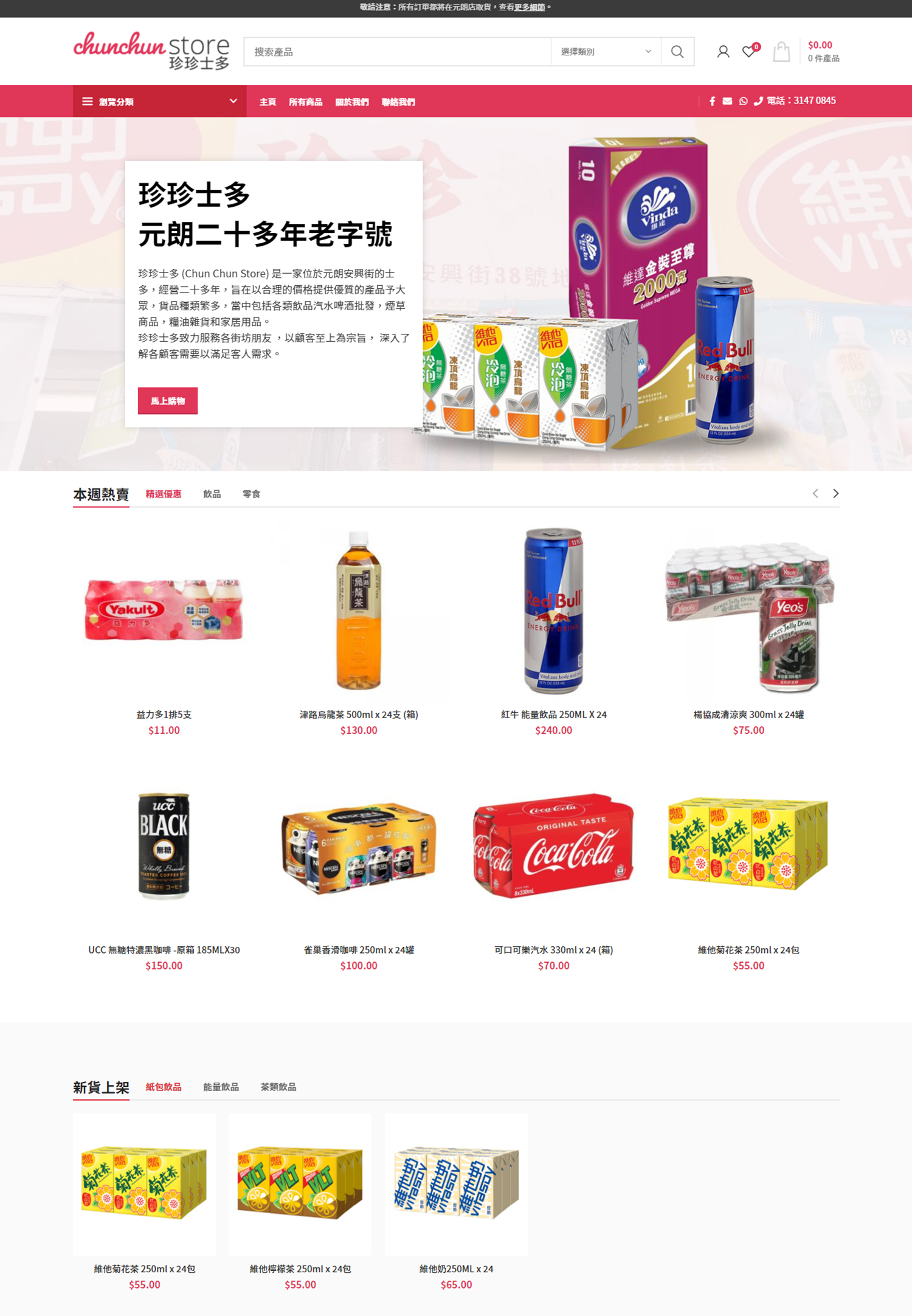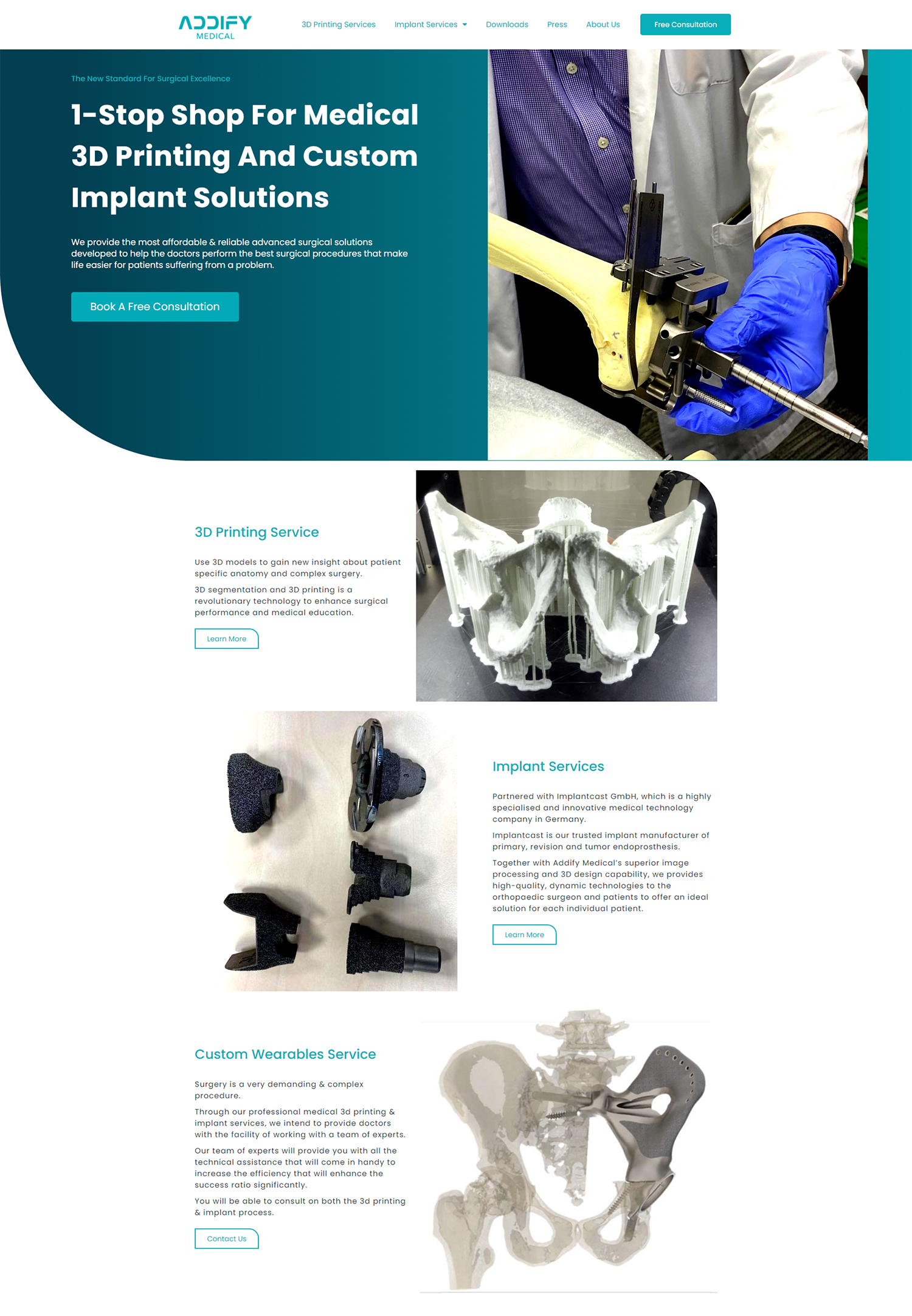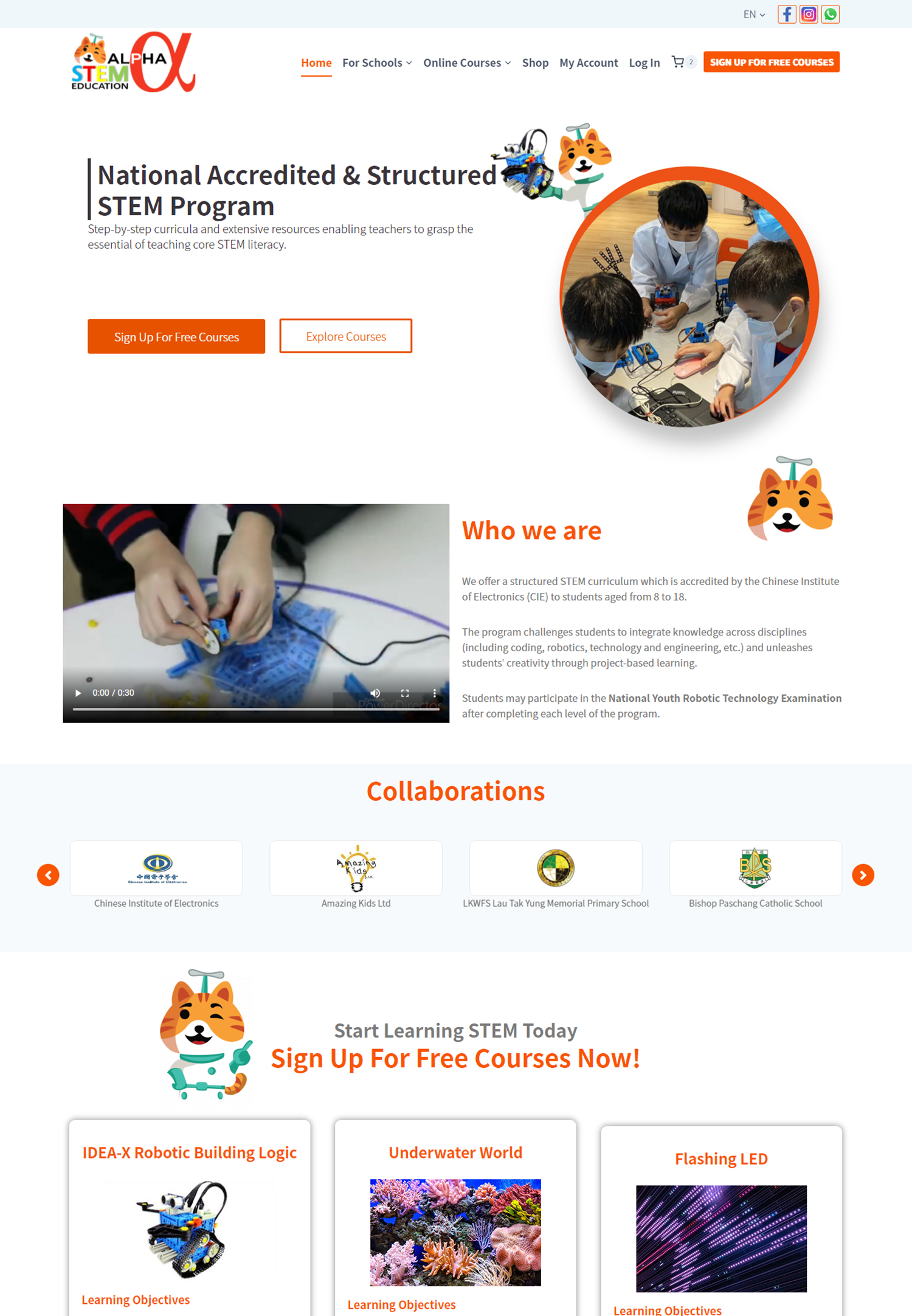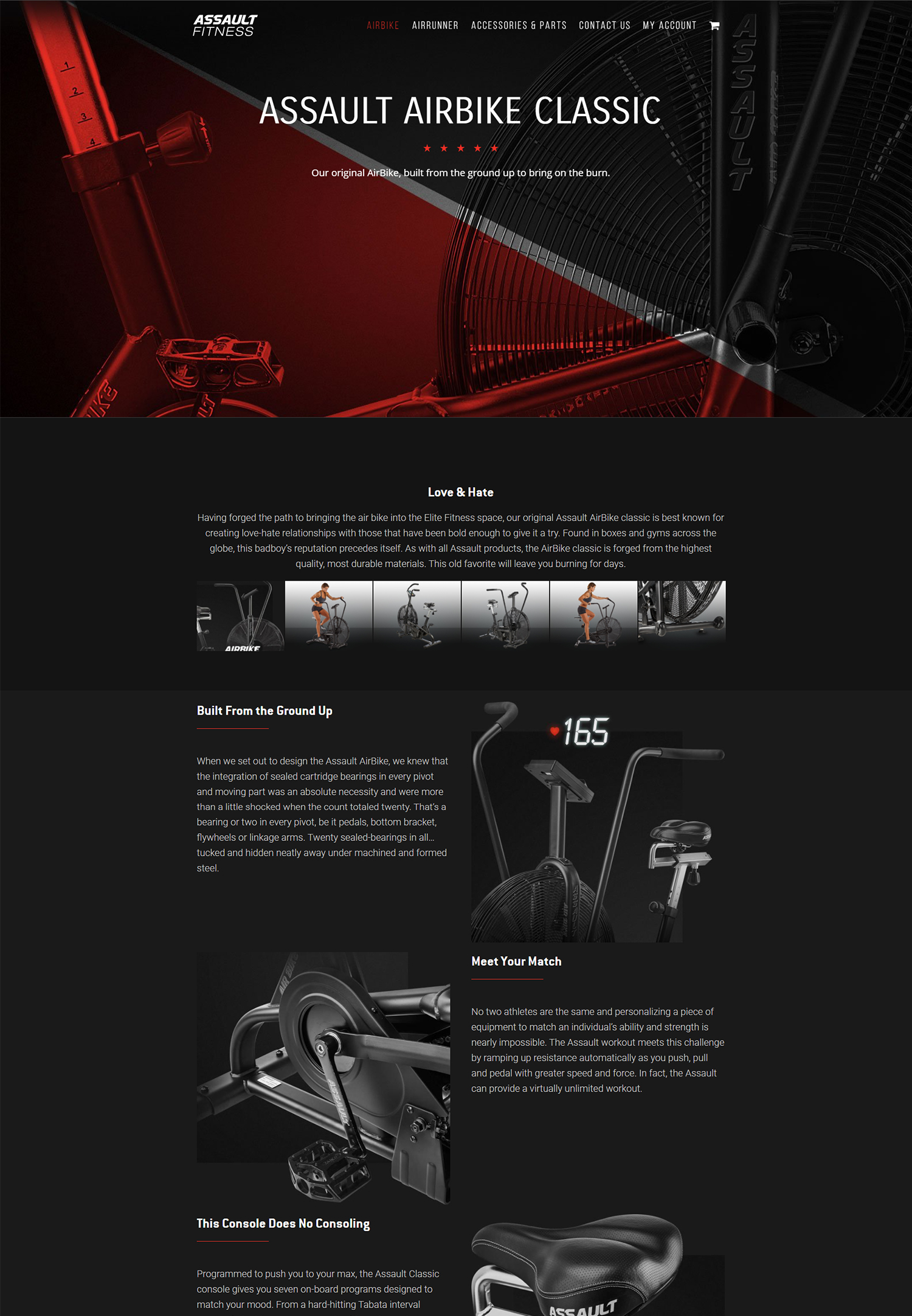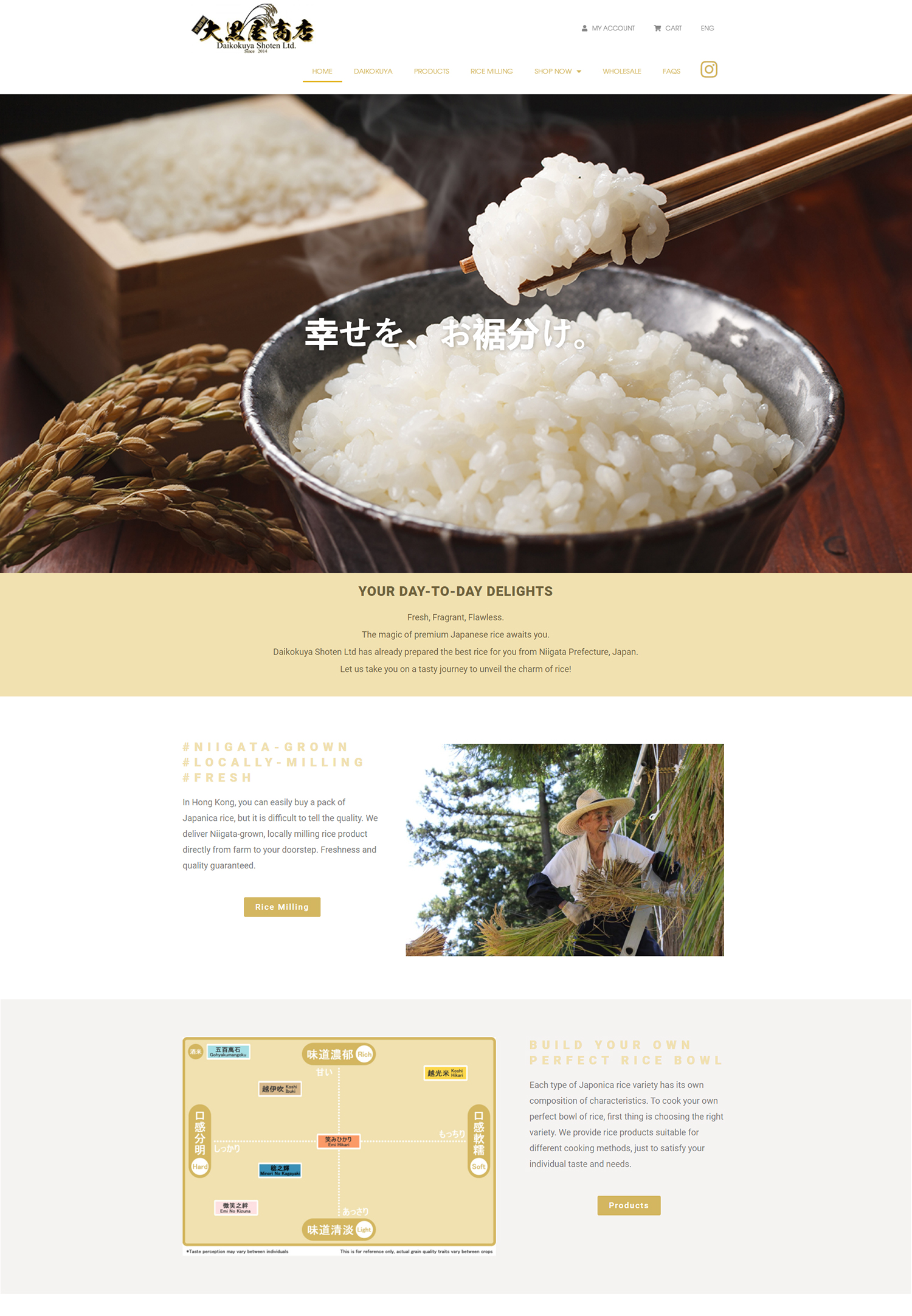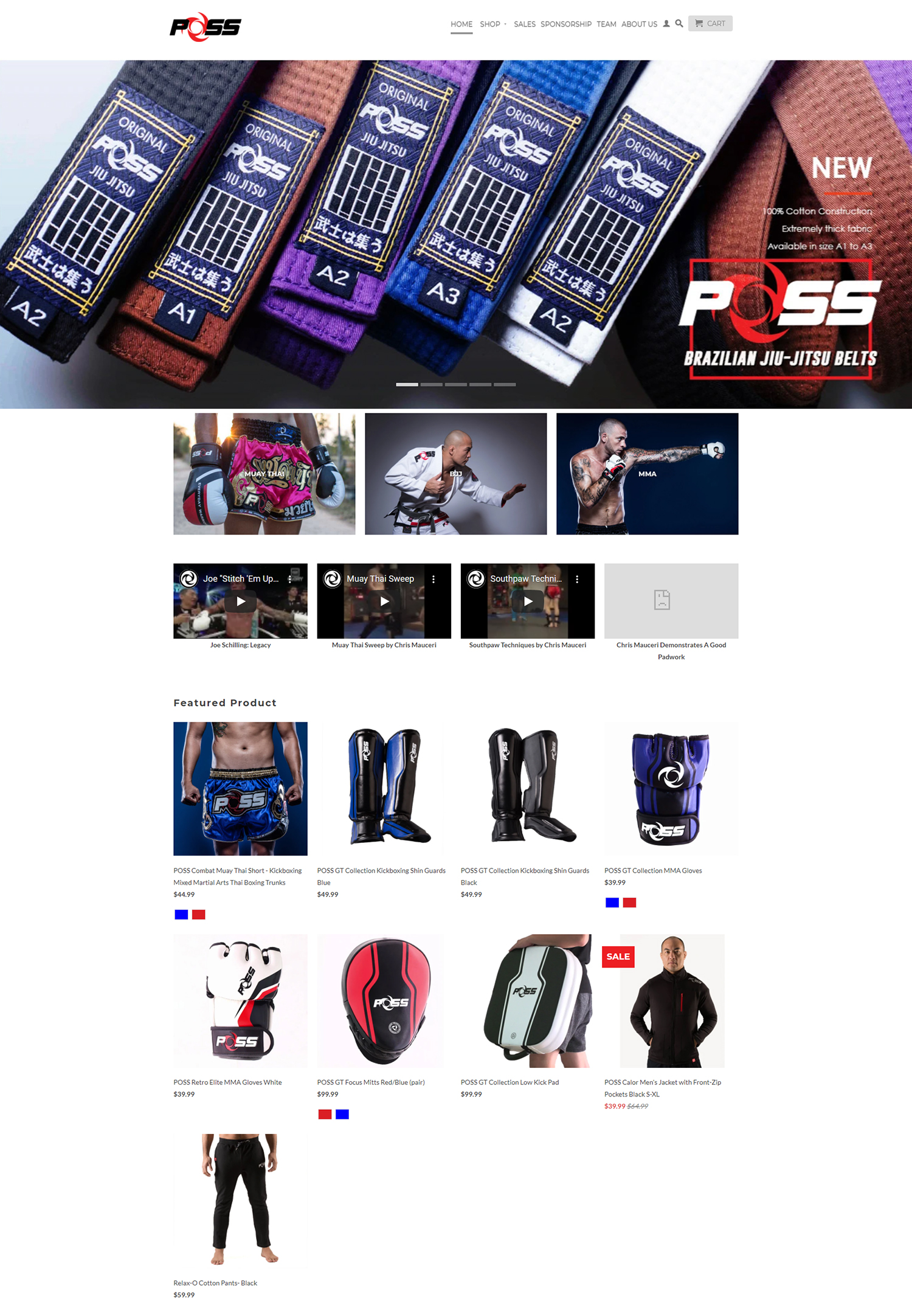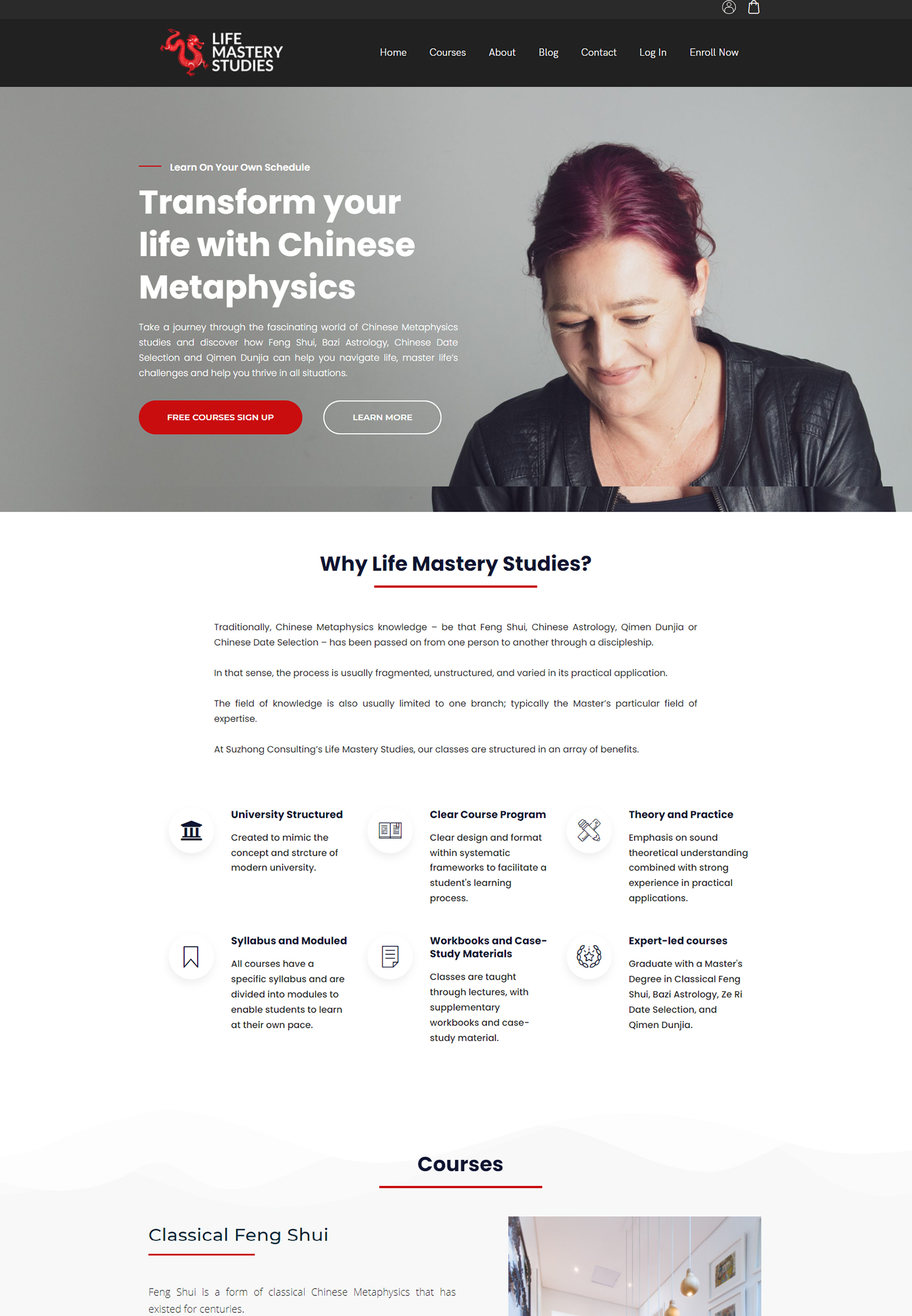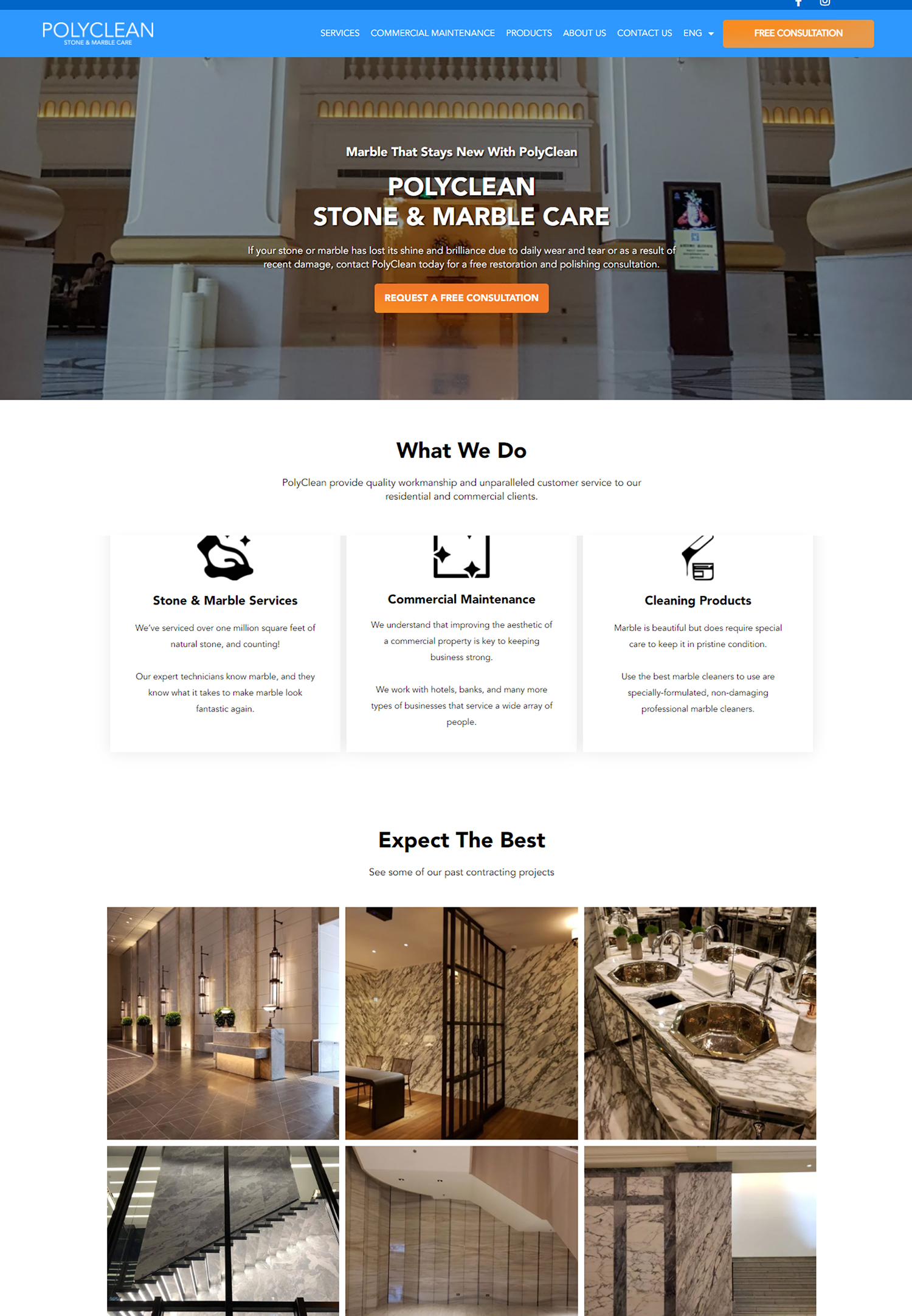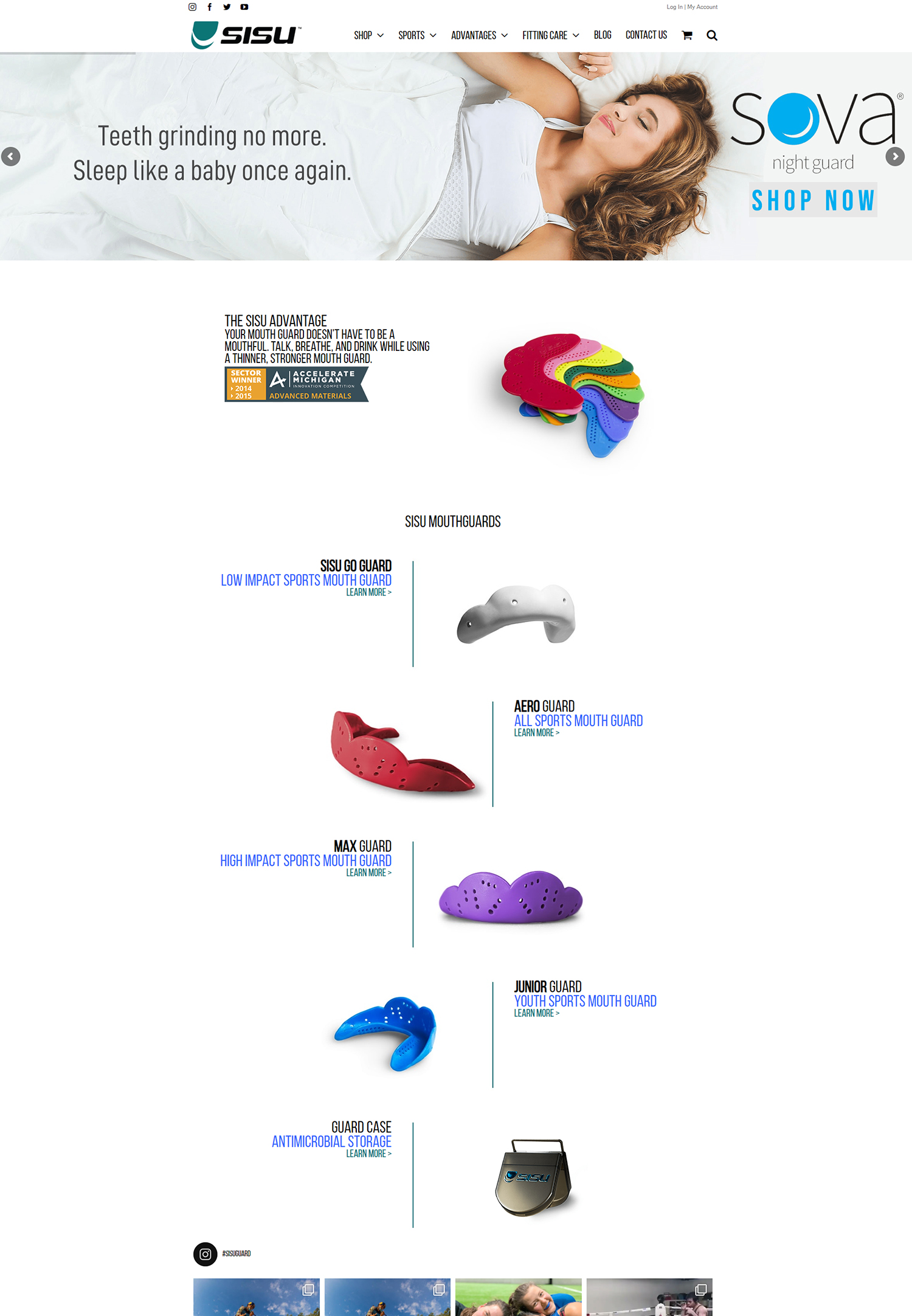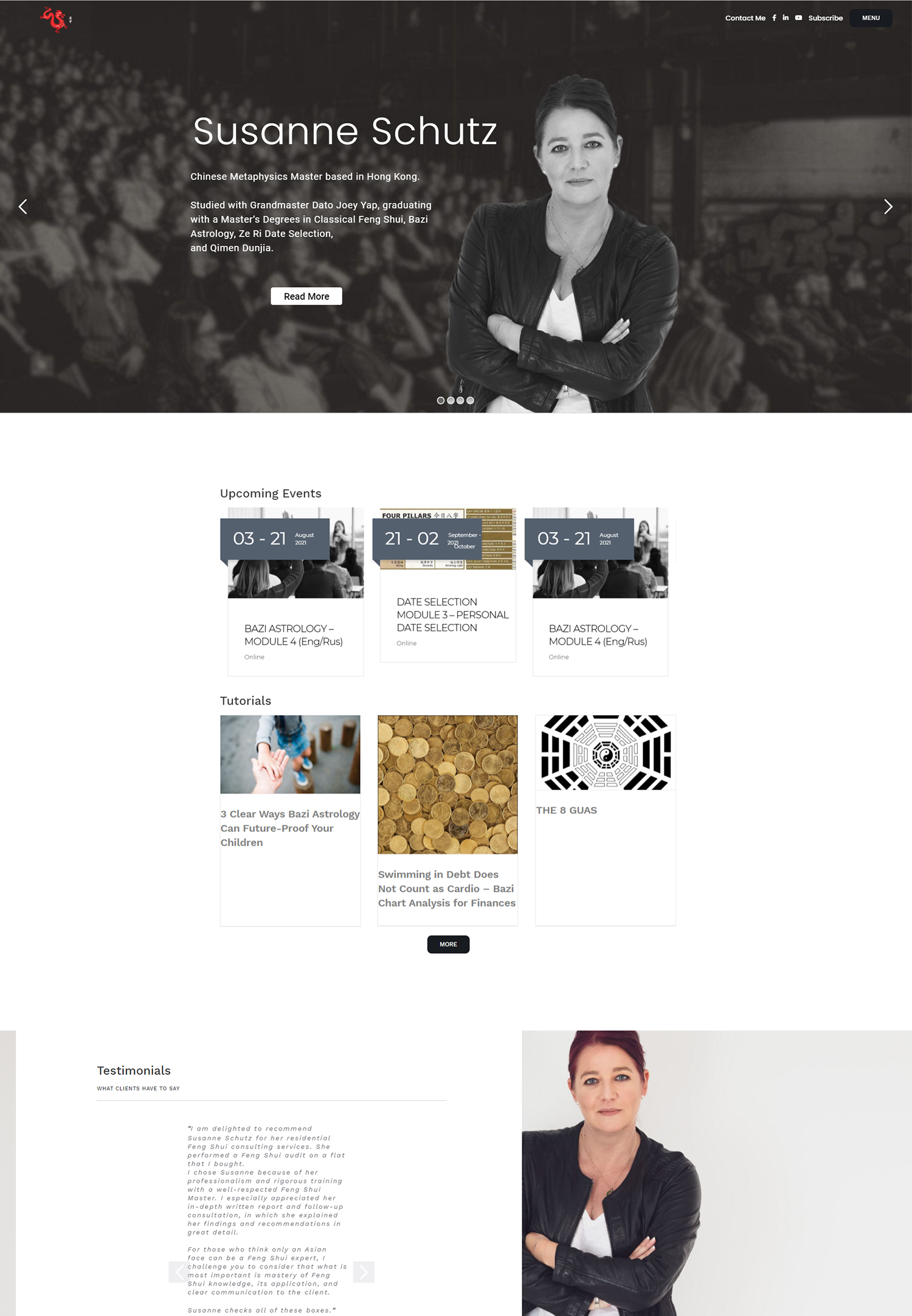A strong value proposition is essential for businesses looking to differentiate themselves in a competitive market. It is a clear and concise statement that communicates the unique value that a product or service offers to its target audience. In this article, we will explore the importance of a strong value proposition and provide tips on how to create one that resonates with your target audience. We will cover topics such as understanding your target audience, conducting market research, crafting a clear and concise value proposition statement, highlighting unique selling points, using emotional appeals, incorporating social proof, testing and refining your value proposition, aligning it with your brand identity and messaging, and communicating it across all marketing channels.
Understanding the Importance of a Strong Value Proposition
A value proposition is a statement that explains why a customer should choose your product or service over competitors. It is the unique combination of benefits and value that you offer to your target audience. A strong value proposition is important for businesses because it helps them stand out from the competition and attract customers.
In today’s crowded marketplace, consumers have numerous options to choose from. A strong value proposition helps businesses communicate their unique selling points and convince customers that their product or service is the best choice. It provides clarity and differentiation, making it easier for customers to understand what sets a business apart from its competitors.
Identifying Your Target Audience for Effective Value Proposition Creation
Understanding your target audience is crucial for creating a strong value proposition. Your value proposition should be tailored to resonate with the specific needs, desires, and pain points of your target audience.
To identify your target audience, start by conducting market research. This will help you gather information about your potential customers, such as their demographics, psychographics, behaviors, and preferences. You can use tools like surveys, interviews, focus groups, and social media listening to gather insights about your target audience.
Once you have gathered this information, analyze it to identify common characteristics and patterns. This will help you create buyer personas, which are fictional representations of your ideal customers. Buyer personas will guide you in creating a value proposition that speaks directly to the needs and desires of your target audience.
Conducting Market Research to Inform Your Value Proposition
Market research is an essential step in creating a strong value proposition. It provides valuable insights into your target audience, competitors, and market trends, which can inform the development of your value proposition.
To conduct market research, start by defining your research objectives. What specific information do you need to gather? Are you looking to understand customer preferences, competitor strategies, or market trends? Once you have defined your objectives, you can choose the most appropriate research methods and tools.
Some common market research methods include surveys, interviews, focus groups, and observation. Surveys can be conducted online or offline and can gather quantitative data about customer preferences and behaviors. Interviews and focus groups allow for more in-depth qualitative insights by engaging directly with customers or potential customers. Observation involves observing customer behavior in real-life situations to gain insights into their preferences and decision-making processes.
Crafting a Clear and Concise Value Proposition Statement
A value proposition statement is a clear and concise statement that communicates the unique value that your product or service offers to your target audience. It should be easy to understand and memorable.
To craft a clear and concise value proposition statement, start by identifying the key benefits that your product or service offers. What problems does it solve? What needs does it fulfill? What unique features or qualities does it have?
Next, think about how these benefits differentiate your product or service from competitors. What makes it unique? What sets it apart? This could be a specific feature, a superior quality, a better price point, or exceptional customer service.
Finally, distill this information into a concise statement that clearly communicates the unique value that your product or service offers. Use simple and straightforward language that is easy to understand. Avoid jargon or technical terms that may confuse your audience.
Highlighting Your Unique Selling Points in Your Value Proposition
Highlighting your unique selling points is crucial for creating a strong value proposition. Your unique selling points are the specific features, qualities, or benefits that set your product or service apart from competitors.
To identify and highlight your unique selling points, start by analyzing your product or service from the perspective of your target audience. What specific features or qualities do they value? What benefits are most important to them? How does your product or service fulfill these needs better than competitors?
Next, compare your product or service to competitors. What do you offer that they don’t? What makes you stand out? This could be a specific feature, a superior quality, a better price point, or exceptional customer service.
Once you have identified your unique selling points, incorporate them into your value proposition statement. Clearly communicate how these unique selling points provide value to your target audience and differentiate you from competitors.
Using Emotional Appeals to Connect with Your Audience
Using emotional appeals in your value proposition is important for creating a strong connection with your target audience. Emotions play a significant role in decision-making, and appealing to the emotions of your audience can help create a memorable and impactful value proposition.
To use emotional appeals in your value proposition, start by understanding the emotions that are relevant to your target audience. What are their desires, fears, hopes, and aspirations? How does your product or service fulfill these emotional needs?
Next, think about how you can incorporate these emotional appeals into your value proposition statement. Use language and imagery that evokes the desired emotions. For example, if your target audience values security and peace of mind, you could emphasize how your product or service provides a sense of safety and protection.
Remember to be authentic and genuine in your emotional appeals. Customers can sense when a company is trying to manipulate their emotions, so it’s important to be sincere and transparent in your messaging.
Incorporating Social Proof to Build Trust and Credibility
Incorporating social proof in your value proposition is important for building trust and credibility with your target audience. Social proof refers to the influence that the actions and opinions of others have on our own behavior.
To incorporate social proof into your value proposition, start by gathering testimonials, reviews, case studies, or success stories from satisfied customers. These can be used to demonstrate the positive experiences that others have had with your product or service.
Next, consider incorporating statistics or data that highlight the number of customers or clients you have served, the positive results they have achieved, or any awards or recognition you have received. This can help build credibility and trust with your target audience.
Finally, consider using visual elements such as logos of well-known clients or partners, certifications or accreditations, or media mentions to further enhance your social proof. These visual cues can help establish your reputation and credibility in the eyes of your target audience.
Testing and Refining Your Value Proposition for Maximum Impact
Testing and refining your value proposition is important for ensuring that it resonates with your target audience and has maximum impact. It allows you to gather feedback, make improvements, and optimize your value proposition for better results.
To test your value proposition, start by selecting a sample of your target audience and presenting them with your value proposition statement. Ask for their feedback and insights. Did they understand the message? Did it resonate with them? Did it differentiate you from competitors? Use this feedback to make improvements and refinements to your value proposition.
You can also conduct A/B testing by creating different versions of your value proposition statement and testing them against each other. This can help you identify which version performs better and provides more impact.
Remember that testing and refining your value proposition is an ongoing process. As your business evolves and your target audience changes, you may need to make adjustments to your value proposition to ensure that it remains relevant and effective.
Aligning Your Value Proposition with Your Brand Identity and Messaging
Aligning your value proposition with your brand identity and messaging is important for creating a consistent and cohesive brand experience. Your value proposition should reflect the core values, personality, and positioning of your brand.
To align your value proposition with your brand identity and messaging, start by clearly defining your brand identity. What are your core values? What is your brand personality? How do you want to be perceived by your target audience?
Next, review your value proposition statement and ensure that it aligns with your brand identity. Does it reflect your core values? Does it communicate the personality of your brand? Is it consistent with the messaging used in other marketing materials?
Make any necessary adjustments to ensure that your value proposition is aligned with your brand identity. This will help create a consistent and cohesive brand experience for your target audience.
Communicating Your Value Proposition Across All Marketing Channels
Communicating your value proposition across all marketing channels is important for ensuring that it reaches your target audience and has maximum impact. Consistent messaging across all channels helps reinforce your value proposition and build brand recognition.
To communicate your value proposition across all marketing channels, start by identifying the channels that are most relevant to your target audience. This could include social media platforms, email marketing, website content, advertising campaigns, or offline channels such as print media or events.
Next, develop messaging and content that clearly communicates your value proposition on each channel. Use consistent language, imagery, and design elements to create a cohesive brand experience.
Remember to tailor your messaging to the specific characteristics of each channel. For example, social media platforms may require shorter and more concise messaging, while website content can provide more detailed information.
Monitor the performance of your value proposition across different channels and make adjustments as needed. Pay attention to customer feedback, engagement metrics, and conversion rates to identify areas for improvement.
A strong value proposition is essential for businesses looking to differentiate themselves in a competitive market. It helps communicate the unique value that a product or service offers to its target audience and convinces customers to choose it over competitors. By understanding your target audience, conducting market research, crafting a clear and concise value proposition statement, highlighting unique selling points, using emotional appeals, incorporating social proof, testing and refining your value proposition, aligning it with your brand identity and messaging, and communicating it across all marketing channels, you can create a strong value proposition that resonates with your target audience and drives business success.
If you’re looking to increase your online sales, you may want to check out this article on “How to Increase Sales” by Populis Digital. It provides valuable insights and strategies for boosting your sales numbers and growing your business. From optimizing your website to implementing effective marketing techniques, this article covers it all. So, if you’re ready to take your sales to the next level, be sure to give it a read! Read more
FAQs
What is a value proposition?
A value proposition is a statement that explains what benefits a product or service will provide to its customers and how it is different from its competitors.
Why is a clear value proposition important?
A clear value proposition is important because it helps customers understand what a product or service can do for them and why they should choose it over other options. It also helps businesses differentiate themselves from their competitors and attract the right customers.
How can businesses create a clear value proposition?
Businesses can create a clear value proposition by identifying their target audience, understanding their needs and pain points, and highlighting the unique benefits of their product or service. They should also use clear and concise language and avoid using jargon or buzzwords.
What are some examples of effective value propositions?
Some examples of effective value propositions include Apple’s “Think Different” campaign, which highlighted the company’s innovative and user-friendly products, and Airbnb’s “Belong Anywhere” campaign, which emphasized the unique and authentic travel experiences that the platform offers.
How can businesses measure the effectiveness of their value proposition?
Businesses can measure the effectiveness of their value proposition by tracking metrics such as customer acquisition, conversion rates, and customer satisfaction. They can also conduct surveys and gather feedback from customers to understand how well their value proposition resonates with their target audience.





